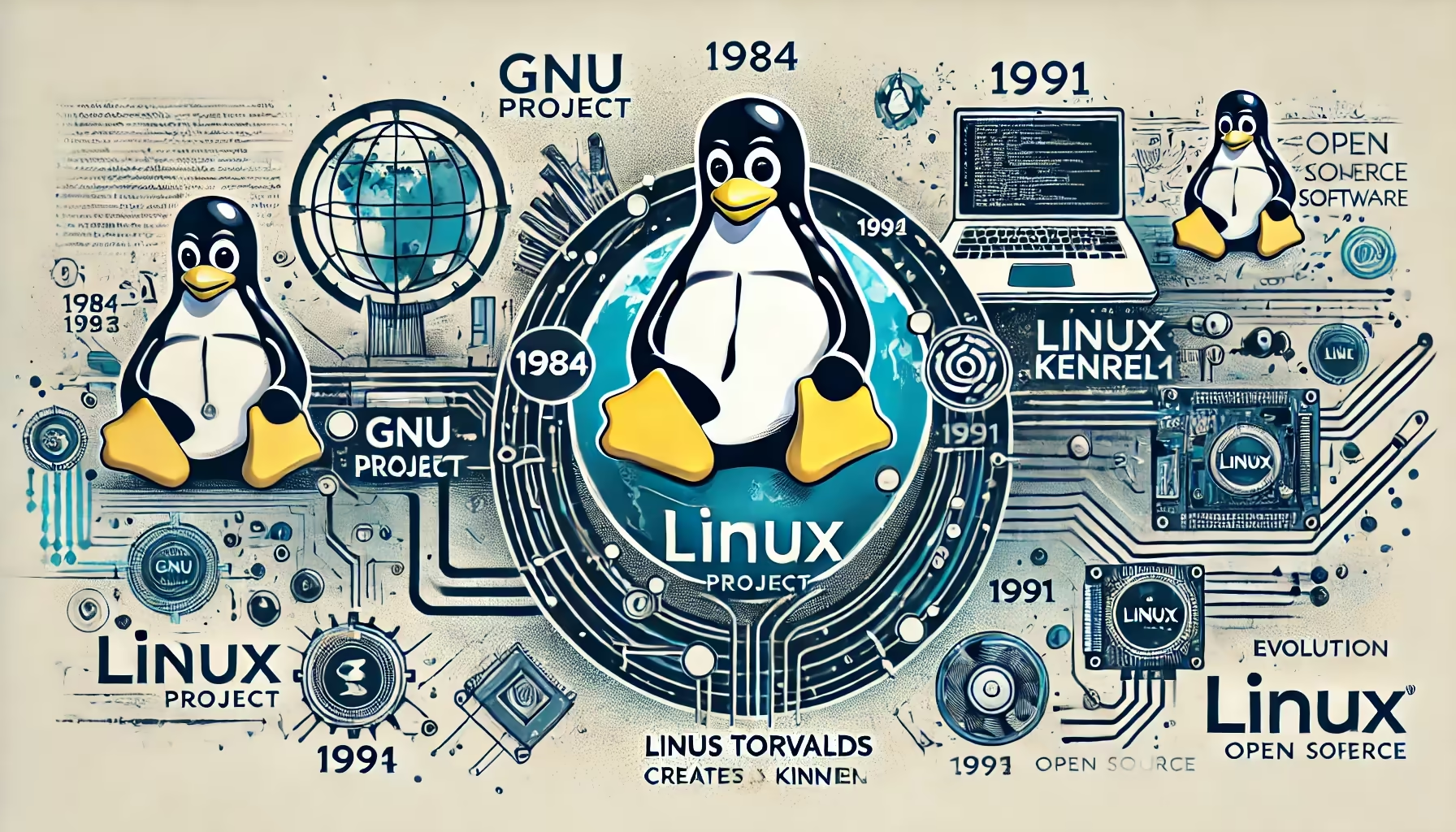Introduction
Linux is deeply rooted in the principles of Open Source software, a movement that promotes transparency, collaboration, and freedom in software development. This article explores the foundations of Open Source, the history of Linux, and the guiding philosophies that shape its ecosystem today.
Understanding Open Source
The Open Source Initiative
Open Source software is built on key principles that ensure accessibility and collaboration:
- Free access and distribution – The software, along with its source code, is freely available to the public.
- Freedom to modify – Users can modify the source code and create derivative works.
- Maintaining integrity – Code modifications are typically provided as patches to preserve the original developer’s work.
- License inheritance – Redistribution of modified software must adhere to the original license terms.
- Non-discriminatory licensing – Open Source licenses do not restrict users based on their identity, purpose, or industry.
The Free Software Foundation (FSF)
The Free Software Foundation (FSF) advocates for software freedom, emphasizing:
- The right to run software for any purpose.
- Access to source code to understand and modify how software works.
- The ability to redistribute software freely.
- The freedom to create and distribute modified versions.
The Origins of Linux
In 1984, the FSF launched the GNU Project to create a free, UNIX-like operating system. They developed replacements for UNIX utilities like bash, ls, and various system libraries. To uphold their commitment to software freedom, the FSF introduced the General Public License (GPL), which enforces the Four Freedoms of software usage and modification.
However, the GNU Project lacked a functioning kernel, which is the core component of an operating system.
In 1991, Linus Torvalds, a Finnish computer science student, developed an Open Source, UNIX-like kernel known as Linux. Released under the GPL, it quickly gained traction and was combined with GNU utilities, forming a fully functional, free, and Open Source operating system.
Today, the Linux kernel powers everything from personal computers and servers to mobile devices and supercomputers.
Core Principles of Linux
1. Everything is a File
In Linux, everything—including hardware devices—is represented as a file. This simplifies access and security management, as system utilities interact with hardware using the same methods as regular files.
2. Small, Single-Purpose Programs
Instead of large, multi-functional applications, Linux follows the UNIX philosophy of using small utilities that each perform one task exceptionally well.
3. Composability: Chaining Programs Together
Linux enables users to combine multiple small utilities by passing the output of one program as the input to another. This allows for highly flexible and powerful automation.
4. Minimal Interactive Interfaces
Most Linux commands expect arguments and options at execution, reducing unnecessary prompts. Interactive tools exist but are reserved for use cases where they make sense, such as text editing.
5. Text-Based Configuration
Configuration settings are stored in plain text files, making them easy to read, edit, transfer, and track using version control systems.
Conclusion
Linux, born from the Open Source movement, continues to thrive because of its transparent development model, strong community, and guiding principles. By embracing freedom, modularity, and efficiency, Linux has become one of the most influential operating systems in the world.
If you’re interested in diving deeper, check out:

